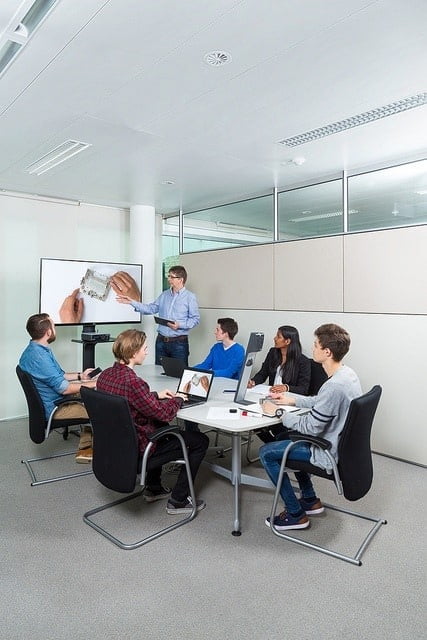One common trope in books, movies and TV shows features the protagonist dozing off during class as their teacher stands at the front of the room delivering a lecture. It often ends in the snoozing student receiving a sharp reprimand or even a detention. Students’ lapsing attention may not be so obvious in real life, but it presents a real problem for teachers. When students mentally check out of lessons—or even slip into an accidental micro sleep—they miss out on important information.
One 1976 study by A.H. Johnstone and F. Percival illuminates common patterns in students’ attention spans: Students settle down for three to five minutes at the start of a lesson and focus for the next 10 to 18 minutes. At this point, there is a natural lapse in attention. When attention eventually returns, it comes in shorter bursts. The attention span may be as low as three to four minutes by the end of a standard lecture. They noted that teachers who interspersed deliberate breaks generally held students’ attention better, while “lecturers who ‘did not want to waste time with breaks’ almost certainly lost out in effective class learning.”
Knowing that students have a finite attention span, how can teachers break up their lectures to help maintain focus and learning in their classroom? Here are a few ideas to help instructors break down lectures into manageable, engaging segments for their students.
Engage All Learning Styles
Listening to a lecture and taking notes tends to favor word-focused learners, but may fail to engage students who learn differently. Some students simply won’t thrive if every class contains a lecture, no matter how long or short. To prioritize student-centered learning in the classroom, instructors should supplement straightforward lectures with activities that offer something to every style.
What exactly are the learning styles? Teach recognizes four distinct learning styles, and notes that “allowing students to access information in terms they are comfortable with will increase their academic confidence.”
–Visual. Pictures, maps, videos and graphics to help visual learners synthesize new information. Supplement lecture activities with visual renderings of concepts and show video clips when applicable.
–Auditory. Listening, speaking and repetition exercises help aural learners retain information. Ask students to talk with a partner or group so they can verbalize concepts and listen to others.
–Read & Write. Note-taking, reading, and writing essays help students with a preference for reading and writing master concepts. Lectures generally favor these students already, but teachers can encourage note-taking by asking students to submit a few key points from their notes at some point during the lesson.
–Kinesthetic. Kinesthetic learners are tactile leaners, using touch and hands-on reasoning to figure out how things work. Pass around three-dimensional models and artifacts when possible, and ask students to get up and move occasionally.

Check in Every 15 Minutes
Knowing that students tend to lose concentration after 10 to 18 minutes gives you the advantage. When you’re planning lessons, deliberately change things up every 15 minutes to help learners tune in, refocus, and mentally segment the lesson into digestible portions. BBC Active recommends ramping up interaction by asking students questions and allowing them to ask their own during these break times. Teachers can use their questions to reinforce key points from the previous segment of the lecture.
For instance, embedding a 15-minute check-up question at key points throughout a PowerPoint turns a one-way lecture into an interactive learning activity. Using survey technology, students can input their own answers and see how they stack up against the rest of their classmates’ in real time. If one concept just isn’t sticking, you can address it before moving onto new material. It’s a welcome break and a good gauge of how much information students are retaining all in one.
To engage students, you must think like a student. Be realistic about providing relief from long, dense lectures with interactive activities and make sure to engage students from all different learning styles.



